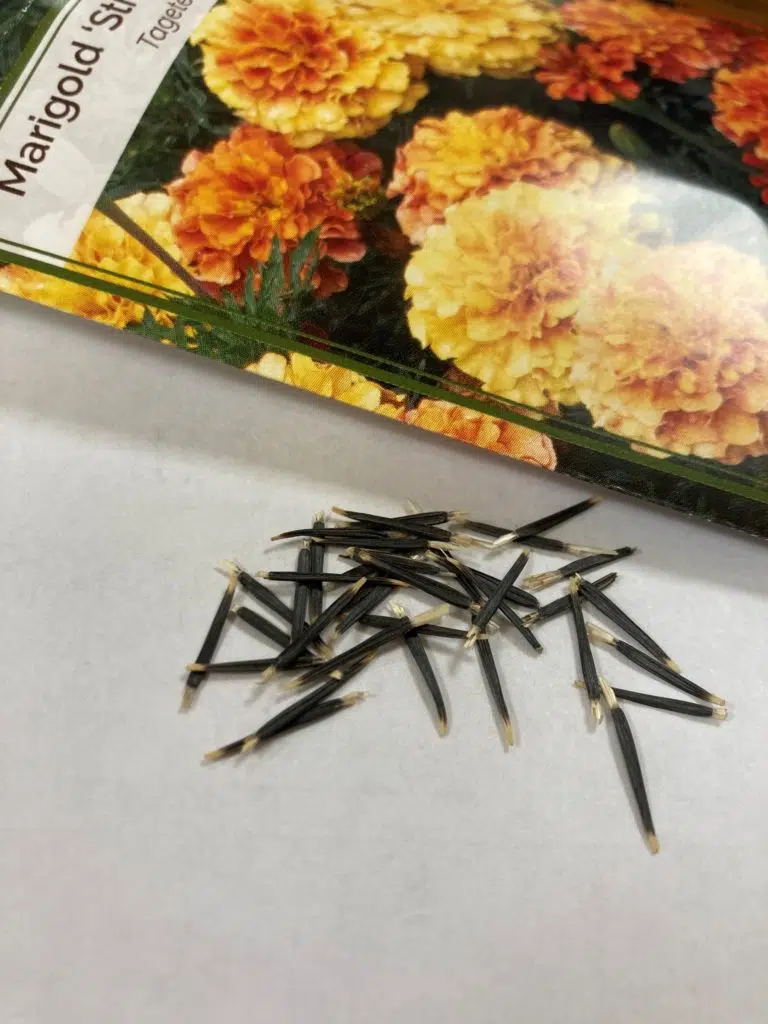
I’m a gardener who doesn’t like to take too many chances. I like a good, healthy plant ready for the ground, fresh from the garden center or nursery. I can see what I’m buying: leaves, buds, flowers; it’s all very straightforward.
Gardening has become quite the hobby, and growers and retailers alike have been delighted. The demand for annuals and perennials has jumped…and so have the prices. Could there be an alternative? A way to grow lots of plants at minimal cost?
This is where I embark on the journey of seed propagation. I’m supposed to put faith in this ant-sized sphere that I sift from a $1.99 paper packet? Don’t get me wrong, seeds are amazing. Inside that tough little seedcoat is a baby plant—the beginning of roots, shoots, and leaves—complete with nutrients to get it started.

Seeds can travel for miles on the wind, on animals, or along waterways. They can stay dormant for years, waiting for the right conditions to germinate. These are tough little babies! So why do I lack faith in what this little speck of life will bring?
Perhaps it’s more the fear on my own behalf— fear of erring in some way. After all, this is not a “bury-water-and-walk away” operation. Seeds have different needs. Some need stratification (cold treatment), others need scarification (a nick in the seedcoat), and still others should only be watered from their bottom tray. There are seeds that require a dark period to germinate and others you shouldn’t cover because of their need for sunlight. Temperatures required for sprouting can vary, and so can the substrate in which you plant your seeds.

I do follow directions well, so that’s one vote in my favor. Read the packet; you can’t go wrong. We also have important resources to aid in this process: misters, grow lights, heat mats, and humidity domes. Once germination paradise is created, it’s up to the seed to do the rest while I learn the meaning of “patience.”
If you’re curious about what we’ll be growing for the gardens this year, be sure to visit us in June, when our (fingers crossed) successes will be beautifying the walkways and planters throughout Cleveland Botanical Gardens.


Stefanie Verish
Horticulturist
Stefanie is a new employee to CBG, but she has been working with plants for over 20 years. Her career as a naturalist with Cleveland Metroparks, her horticultural experience in landscaping for the Village of Valley View, and her freelance artistry have nurtured her love for gardening and design. She is especially passionate about utilizing native plants as integral components for local gardens.












